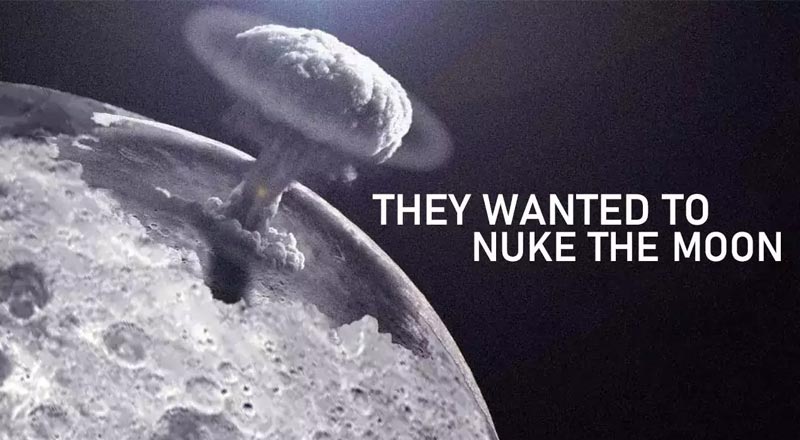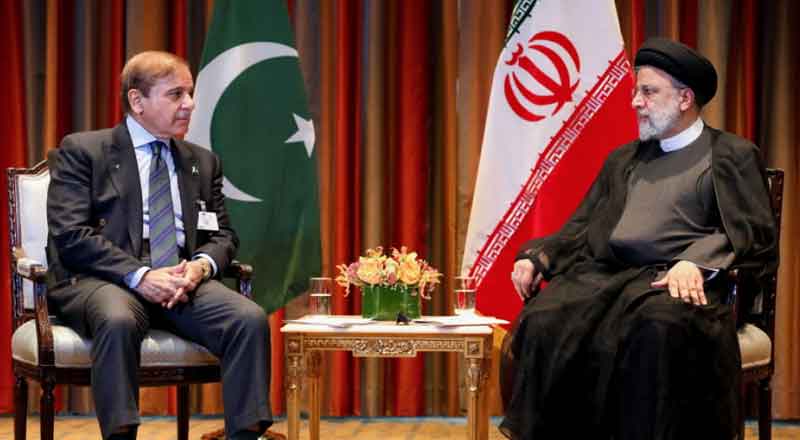As per a report published by The Sun, the officials of Advanced Aerospace Threat Identification Program (AATIP) reportedly examined the possibility of untested proposals such as sending nuclear explosives into outer space.
Unidentified flying objects (UFOs) or unexplained aerial phenomena (UAPs) were studied by the US Government’s Advanced Aerospace Threat Identification Program (AATIP), which was unclassified and unpublicized. With a total investment of $22 million, the funding for the program began in 2007 and continued for over five years until the appropriations ended in 2012. The program was first made public on December 16, 2017.
According to the document made public – Nuking the Moon was a part of the proposed mission to find ‘extremely lightweight metals’ below the lunar crust. The proposal made a hypothesis about ‘mining’ negative matter – “To ‘mine’ negative matter, it should exist there, excluding the sun, and also all planets that have a hot molten core. This does not exclude the moon, however, having the deepest potential well near the earth, with only hot rocks in its center accessible by advanced nuclear mining technology, permitting in principle constructing a tunnel through the moon.”
In order to make a tunnel on the Moon, a cylindrical, rather than spherical, volume of crushed rocks was
The document speculates the reason for blasting the Lunar crust with thermo nuclear explosives.
“If appreciable amounts of negative matter have accumulated over billions of years in the center of the moon, it is more likely that this matter is in the form of ultra-light matter, perhaps by an order of magnitude lighter than ordinary matter. There are indications that a Swedish research group has found evidence for the existence of an ultra-dense phase of deuterium, about more than 100,000 times more dense than water. Suppose that in the center of the moon the accumulation of negative matter has led to a form of matter which is 100,000 times lighter than steel, but still has the strength of steel. This would not lead to a negative-positive mass self-chasing mass dipole as envisioned by Forward, but to something very important for spaceflight, because it would dramatically reduce the energy requirements to accelerate a space craft made from such ultra-light material.”





